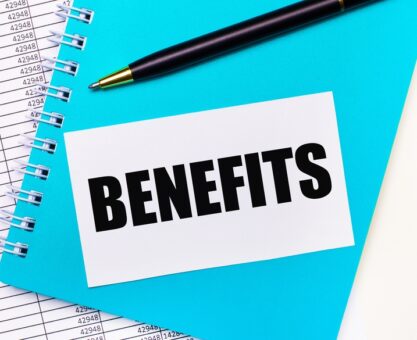A previous article highlighted the trend of early withdrawals from retirement accounts. Recent data shows there has been a significant spike in General Purpose TSP Loans. TSP participants’ usage of general-purpose loans was up 40% in 2023. At the end of 2023, a little less than 480,000 general-purpose loans were outstanding, totaling just under $5 billion.
The recent increase is likely due to a rule change a couple of years ago. Prior to the change, the TSP limited participants to two outstanding loans: one General Purpose Loan and one Primary Residence loan. After the change, both outstanding loans can now be General Purpose loans. Keep in mind that a General Purpose loan can be used for any reason and you’re not obligated to explain why you’re taking the loan.
“At retirement, your TSP account will be smaller than it would have been if you had not borrowed from it.”
Factors To Consider Before You Take Out A TSP Loan
How does the TSP determine the interest rate on your loan? You may be surprised to learn it’s based on the G Fund’s interest rate in the prior month. As of November 2024, the G Fund interest rate came in at 4.375% which means this would be the interest rate for anyone who takes out a loan in December 2024.
If your TSP is earning a higher rate of return than the loan interest rate, your retirement nest egg will grow at a slower rate. At retirement, your TSP account will be smaller than it would have been if you had not borrowed from it. Then again, if payments on your loan strain your budget, you may be forced to lower your TSP contributions, and this would result in an even smaller balance.
The Downside Of Retiring With An Outstanding TSP Loan
If you’re closing in on retirement yet still paying off a TSP loan, it’s wise to do what you can to pay it off in full before you officially retire. Why? Because, as soon as you retire from government service, your loan has to be paid back within 90 days. If you’re unable to pay off your loan within the 90-day window, the TSP considers the amount you owe as a distribution. If you borrowed against your traditional TSP, you’ll have to pay federal income taxes on the entire outstanding loan balance. And, if you live in a state that taxes distributions from the traditional TSP as income, you’ll be paying even more taxes.
Before you take out a TSP loan, it may be wise to consider other options like a home equity loan. To learn more, connect with an FRC® trained advisor.
Sources: https://www.tsp.gov/publications/tspbk04.pdf


























